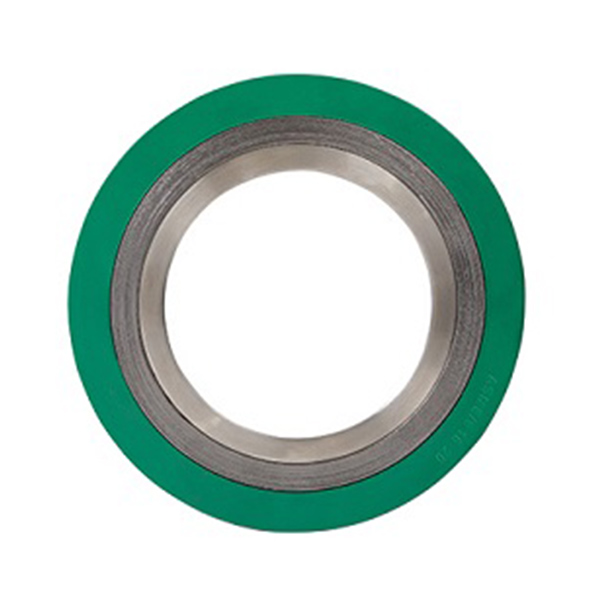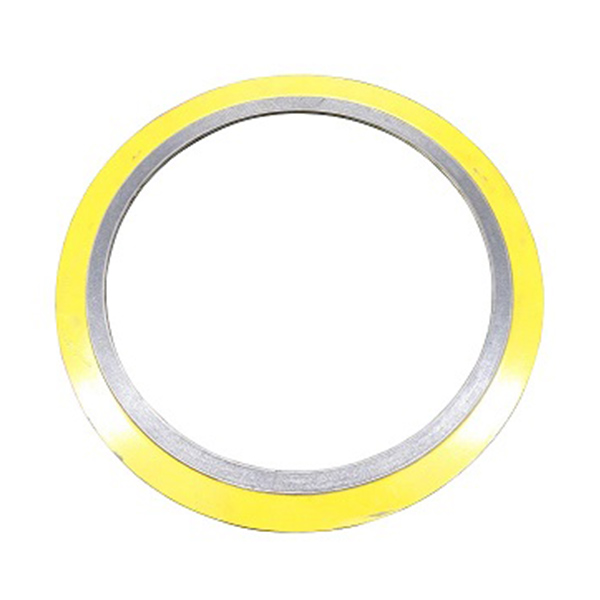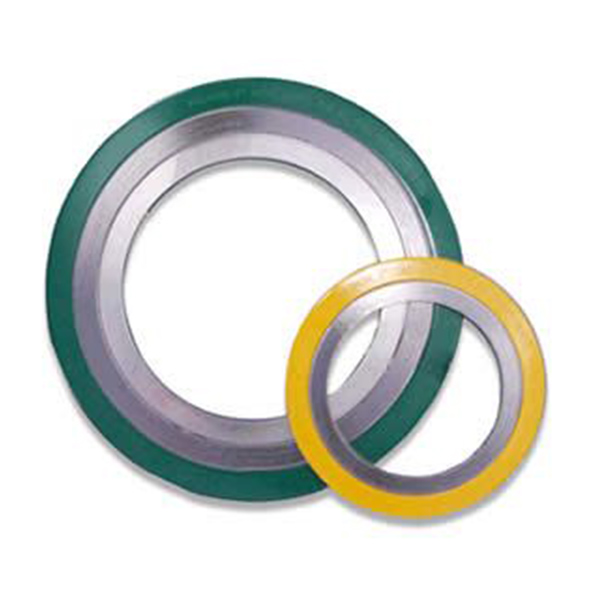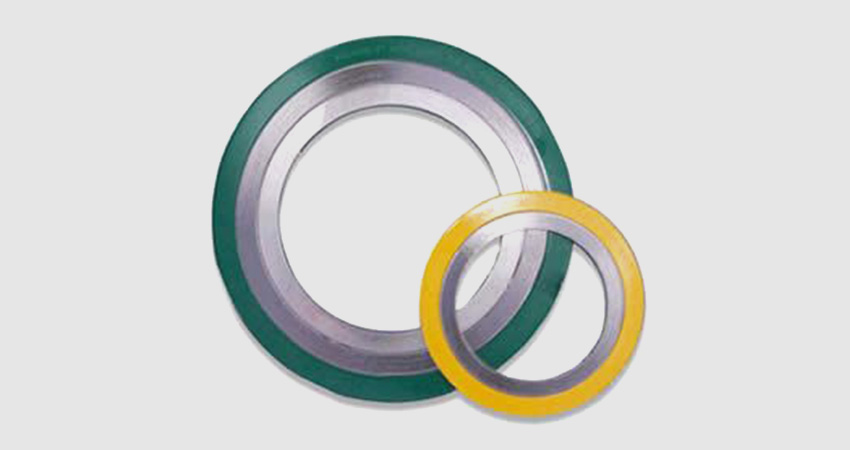Injectable Sealant Tools
What Are Injectable Sealant Tools?
Injectable sealant tools are specialized devices designed for applying sealants in precise, controlled manners. These tools are essential in industries such as construction, automotive, and manufacturing, where sealing joints, gaps, or leaks is critical for integrity and performance. They ensure efficient application, reduce waste, and improve the overall quality of sealing tasks.
Key Product Parameters
Understanding the specifications of injectable sealant tools helps in selecting the right product for your needs. Below are the detailed parameters presented in lists and a table for clarity.
General Parameters (List Format)
- Material: Typically made from durable steel, aluminum, or high-grade plastics to resist corrosion and wear.
- Capacity: Ranges from 100ml to 1000ml, catering to small repairs to large-scale applications.
- Pressure Output: Adjustable from 50 PSI to 500 PSI, allowing for control over sealant flow.
- Nozzle Types: Includes straight, angled, and flexible nozzles for access to tight spaces.
- Compatibility: Works with various sealants like silicone, polyurethane, and epoxy-based compounds.
- Weight: Lightweight designs, often between 0.5kg to 3kg, for ease of handling.
- Operating Temperature: Functions in temperatures from -20°C to 80°C, suitable for diverse environments.
Detailed Specifications (Table Format)
| Parameter | Description | Standard Values |
|---|---|---|
| Max Pressure | The highest pressure the tool can generate for sealant ejection. | Up to 500 PSI |
| Volume Capacity | The amount of sealant the tool can hold in one load. | 100ml, 250ml, 500ml, 1000ml |
| Nozzle Size | Diameter of the nozzle opening, affecting flow rate. | 2mm, 4mm, 6mm, 8mm |
| Material Composition | Primary materials used in construction for durability. | Steel, Aluminum, Polymer |
| Power Source | How the tool is powered (e.g., manual, electric, pneumatic). | Manual Lever, Battery, Air Compressor |
| Warranty Period | Duration of manufacturer warranty for defects. | 1 year to 5 years |
Applications of Injectable Sealant Tools
Injectable sealant tools are versatile and used across multiple sectors. In construction, they seal gaps in windows, doors, and foundations to prevent water ingress. Automotive applications include sealing engine components and body panels to reduce noise and vibration. In manufacturing, these tools help assemble products by applying adhesives precisely. They are also common in DIY projects for home repairs, offering user-friendly operation for non-professionals.
Benefits of Using Injectable Sealant Tools
These tools provide numerous advantages, such as enhanced precision that minimizes sealant waste and ensures even coverage. Their ergonomic designs reduce user fatigue during extended use. With adjustable pressure settings, they allow for customization based on sealant viscosity and application requirements. Durability is another key benefit, as high-quality materials ensure long-term reliability in harsh conditions. Additionally, compatibility with various sealants makes them a cost-effective solution for multiple tasks.
Injectable Sealant Tools FAQ
What types of sealants can I use with injectable sealant tools?
Injectable sealant tools are compatible with a wide range of sealants, including silicone-based, polyurethane, acrylic, and epoxy sealants. Always check the tool's specifications to ensure compatibility with specific products, as some sealants may require higher pressure or specific nozzle types.
How do I clean an injectable sealant tool after use?
To clean the tool, first, disassemble it according to the manufacturer's instructions. Use a appropriate solvent, such as mineral spirits for oil-based sealants or water for water-based varieties, to remove residual sealant. Rinse thoroughly and allow all parts to dry completely before reassembly to prevent clogging and damage.
Can injectable sealant tools be used for high-temperature applications?
Yes, many injectable sealant tools are designed to operate in temperatures up to 80°C, but it depends on the tool's material and sealant type. For extreme temperatures, select tools made from heat-resistant materials and use high-temperature sealants to avoid failure.
What is the average lifespan of an injectable sealant tool?
The lifespan varies based on usage and maintenance. With proper care, such as regular cleaning and storage in a dry environment, these tools can last 5-10 years. High-quality models with robust construction may exceed this range.
Are there safety precautions I should follow when using these tools?
Always wear protective gear, including gloves and safety glasses, to prevent contact with sealants. Ensure the tool is used in well-ventilated areas to avoid inhaling fumes. Follow the manufacturer's guidelines for pressure settings to prevent accidents like sealant bursting or tool malfunction.
Can I use injectable sealant tools for underwater applications?
Some specialized injectable sealant tools are designed for underwater use, but standard models may not be suitable. Verify the tool's IP rating or manufacturer recommendations for waterproof capabilities before attempting underwater applications to ensure safety and effectiveness.













